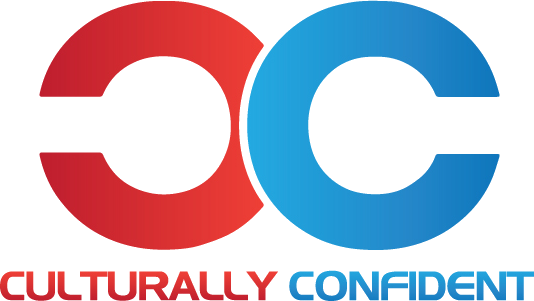 In higher education, the “publish or perish” environment presupposes an academic’s ability to construct, submit, and defend written positions while expanding preexisting research and theory. It’s very important that faculty who seek research and tenured positions, be active publishers in peer-reviewed journals. Unfortunately, only a small percentage of academics are actively publishing. Current publication rates also seem to be disproportionate with the value and pressure higher education places on faculty to publish. The number of publications and the integrity of those publications can either help or hinder faculty professional development (employment, promotion, tenure), professional value within the system (institutional or national recognition), and the chances of earning professional incentives (grants and awards). As important as publications have been made within higher education, how can educational administration more effectively support faculty to publish? The following suggestions are helpful publication interventions that increase faculty publication rates:
In higher education, the “publish or perish” environment presupposes an academic’s ability to construct, submit, and defend written positions while expanding preexisting research and theory. It’s very important that faculty who seek research and tenured positions, be active publishers in peer-reviewed journals. Unfortunately, only a small percentage of academics are actively publishing. Current publication rates also seem to be disproportionate with the value and pressure higher education places on faculty to publish. The number of publications and the integrity of those publications can either help or hinder faculty professional development (employment, promotion, tenure), professional value within the system (institutional or national recognition), and the chances of earning professional incentives (grants and awards). As important as publications have been made within higher education, how can educational administration more effectively support faculty to publish? The following suggestions are helpful publication interventions that increase faculty publication rates:
- Writing-for-publication professional development courses, retreats, workshops, or consultations. These strategies provide structure, writing timelines, goals, and instruction. Ideally, the PD publication intervention is also fun; hosted in a motivating environment amongst like-minded researchers and writers.
- Writing-for-publication support groups, clubs, teams, and social media forums. These strategies strengthen writer motivation, decrease writing anxiety, provide a reward system for successful publications, offer accountability measures, and create structured time dedicated for writing. Facebook, acadamia.edu, and academic blogs are just a few examples of how social media can increase communication amongst writing group members.
- Writing-for-publication co-author partnerships. This strategy unites two academic writers with a common writing goal. The relationship helps keep each author accountable or on task. Co-authors also share research and writing responsibilities as well as provide editing support. Co-authors may choose their writing partner from within their same discipline or establish a cross-discipline partnership to complement their expertise.
- Writing-for-publication coaches or mentors. These strategies provide structure, accountability, instruction, lessons on writing processes and politics, practical writing exercises, and editing support.
- Submit papers to cross-discipline, peer-reviewed journals. This can increase the exposure rate and therefore, the acceptance rate into journals with paralleling research interests.
- Strengthen undergraduate and graduate writing-for-publication cultures on campuses. Indoctrinated with the motivation, experience, and skills needed to publish, students seeking professorship and research positions will demonstrate more consistent publication rates after graduation.
The scholarly peer-reviewed journal article has been a key indicator of an academic’s value in higher education. Without a strong record of publication, many academics will be denied rewards such as external funding, promotion, tenure, or even employment. The suggestions mentioned above provide structured interventions to streamline publication processes and increase faculty publication output rates.

